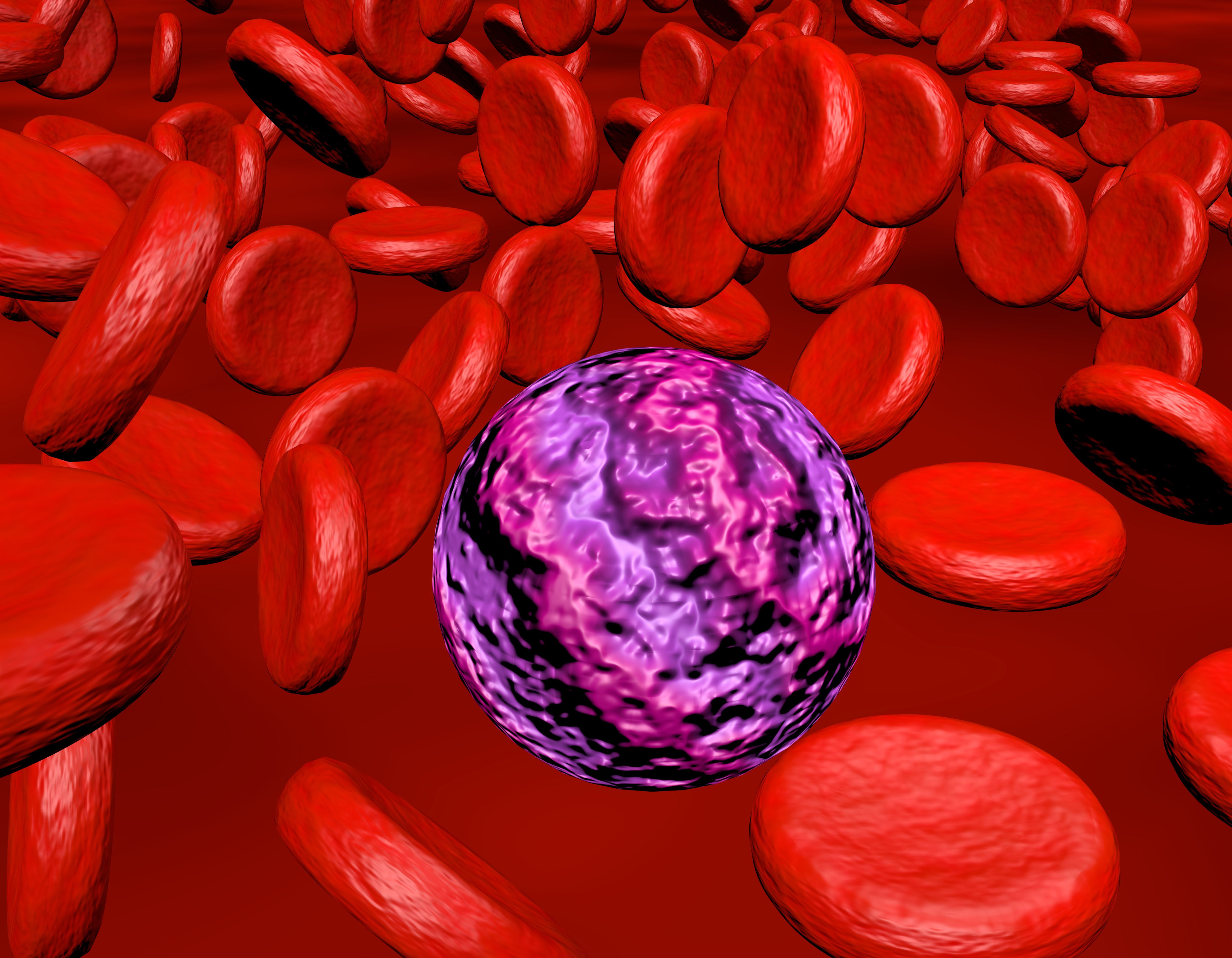Antibiotic De-Escalation is Well-Tolerated in AML With Febrile and Prolonged Neutropenia
Having an antibiotic de-escalation guideline did not affect the rate of bacterial infection after antibiotic de-escalation, all cause-mortality, or hospital length of stay in patients with acute myeloid leukemia and febrile neutropenia who were clinically stable and afebrile.

Antibiotic de-escalation guideline implementation resulted in a decreased use of intravenous (IV) antipseudomonal β-lactams and fewer episodes of clostridioides difficile colitis without adversely impacting outcomes in high-risk patients with acute myeloid leukemia (AML) who have febrile neutropenia and prolonged neutropenia.1
Findings revealed that antibiotic de-escalation occurred more frequently in the intervention group (71.7% vs 7.5%; P<.001), which resulted in fewer days of therapy for IV antipseudomonal β-lactams (14 vs 25 days; P<.001). Thirty-day all-cause mortality and length of hospitalization were not different between groups. However, the intervention group had significantly fewer episodes of clostridioides difficile colitis (5.7% vs 27.5%; P=.007).
Minimal data examining the safety of antibiotic de-escalation in this patient population currently exists. This pre–post quasiexperimental study, which is the first to do so, aimed to evaluate antibiotic prescribing, infection-related outcomes, and patient outcomes of an antibiotic de-escalation initiative for such patients with AML.
A total of 163 patients with an admitting diagnosis of AML were identified, but only 70 were excluded due to exclusion criteria including having a hypomethylating agent, not developing febrile neutropenia, being transferred from an outside hospital, or having neutrophil recovery before day 5. Of the 93 participants who met inclusion criteria, 40 were enrolled within the historical group and 53 within the intervention group.
An antibiotic de-escalation guideline was implemented in January 2017, which promoted de-escalation or discontinuation of IV antipseudomonal β-lactams.
Patients in the intervention group were evaluated for antibiotic de-escalation on day 5 of febrile neutropenia. Antibiotics were discontinued if patients were afebrile, hemodynamically stable, and without evidence of infection irrespective of their ANC (or de-escalated to fluoroquinolone prophylaxis in relapsed/refractory disease). Patients with suspected or documented bacterial infection who were clinically stable continued to receive antibiotics for a defined duration per indication as outlined in the guideline.
Baseline characteristics were similar between the groups with patients ranging from ages 50-70. In the historical group, 58% of participants were male compared to 49% in the intervention group. Additionally, at the time of antibiotic de-escalation, both groups had a similar number of patients with a low suspicion for bacterial infection and documented bacterial infection, and more patients in the historical group had a suspected bacterial infection designation (10% vs 0%; P =.03). There was also similar duration of initial fever shown between each group (4 vs 3 days, respectively; P =.15)
The primary end point of the trial was the incidence of suspected or documented bacterial infection in a historical control group before guideline implementation compared with an intervention group after guideline implementation. This end point was assessed until the time of absolute neutrophil count recovery or hospital discharge.
Secondary end points included the idevelopment of suspected or documented infection after antibiotic de-escalation, incidence of clostridioides difficile infection (CDI) within 30 days of resolution of neutropenia, de-escalation of IV antipseudomonal therapy, IV antipseudomonal antibiotic days of therapy, hospital length of stay, and all-cause mortality at 30 days.
Findings revealed that the incidence of suspected or documented infection after antibiotic de-escalation appeared to be similar between the historical group and the intervention group (45% vs 34%; P= .29), as well as all-cause mortality at 30 days (15% vs 11.3%; P= .76). Total IV antipseudomonal days of therapy were significantly less in the intervention group than in the historical group (14 vs 25; P<.001), as well as the incidence of CDI (5.7% vs 27.5%; P=.007). Additionally, it was more likely that patients within the intervention group to have their intravenous antipseudomonal antibiotics de-escalated when they had an episode of neutropenia (71.7% vs 7.5%; P= .001).
Overall, having an antibiotic de-escalation guideline did not affect the rate of bacterial infection after antibiotic de-escalation, all cause-mortality, or hospital length of stay in patients with AML and FN who were clinically stable and afebrile. Antibiotic de-escalation is shown to be safe and can result in a significant reduction in antipseudomonal days of therapy as well as CDI in this patient population.
Additional studies, preferably in the form of randomized controlled trials, are needed in order to confirm the results of the study.









